Our partners
Trusted by
1000+ IT Solution Providers and Enterprises
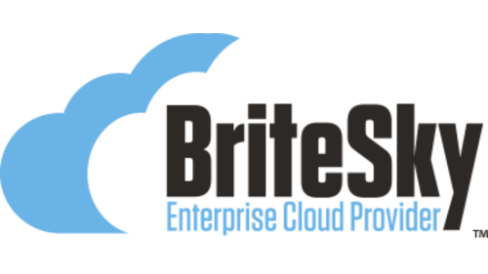
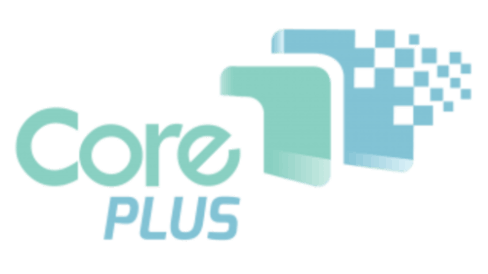
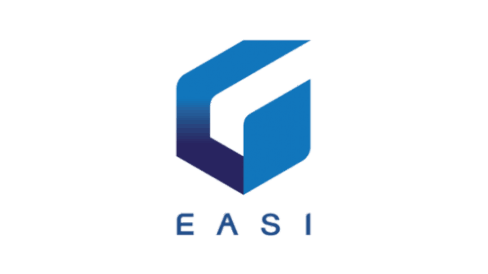
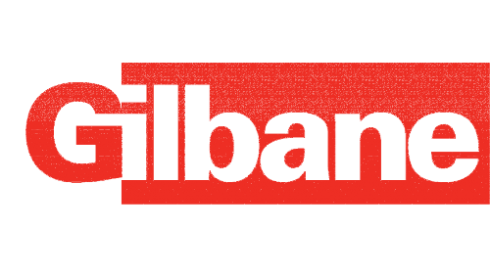



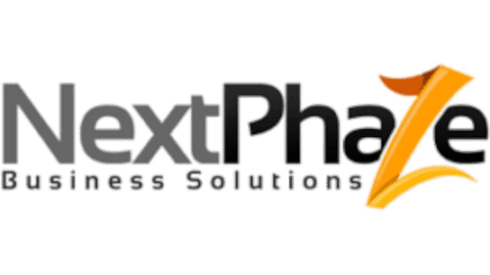


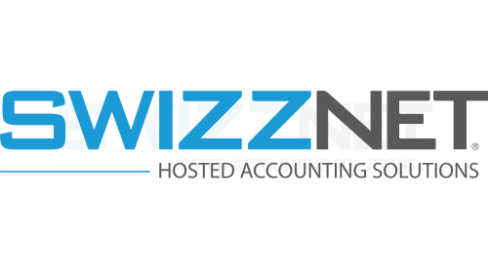
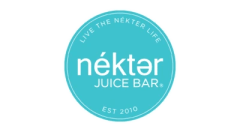
On Premise Dropbox alternative to simplify mobile access and file sharing and maintain data ownership, privacy, data security, data control and compliance!
In addition to data security and compliance regulations, application compatibility and cloud migration costs are other important reasons for you to keep your data on-premises.
Is there an easy way to provide Dropbox-style remote access to files while keeping data on-premises?
What if you could teleport anywhere in the world as long as you stayed naked? That would definitely be cool, but probably awkward, right? Dropbox is similar. Your data is "teleported" to any place you need it, but you are kind of naked while doing it. Convenient, but certainly not comfortable and definitely not private!













An on-premise Dropbox solution that does not replicate data everywhere.
Fully leverage existing NTFS permissions and AD users for access control.
Meet compliance requirements with centralized data management, auditing, and reporting.
Centralized data under control for multiple sites, preventing data duplication.
Combine NTFS permissions, Active Directory users, and drive mappings with remote access from any device.
Self-hosted Dropbox-like file server solution can be installed on-site for traditional file server shares or private online storage.
We needed a solution that was not Dropbox. We wanted to retain control over the data that users put into Dropbox. Fortunately, we found the perfect solution in CentreStack. It solved our biggest problems, including file locking and seamless collaboration between users in different locations. The VPN improvements were a real game changer for our company.
Businesses traditionally collaborate on an on premise file server with file shares and mapped drives. These file servers typically have large file shares associated with permissions to access folders and files. When you use Dropbox while working on a file server, existing permissions on files are ignored and all files are synced to each device. This causes devices to become full and files to be visible to everyone.

Using Dropbox can be problematic for some companies. Employees move data to Dropbox, which can compromise privacy, override existing permissions and inadvertently violate regulatory standards or compliance requirements. And then there's the challenge of managing multiple copies of documents with different revisions. To continue the analogy: You are now flying naked and do not know where you are, what country your data is in, or what laws you have violated.
Perhaps it is time to abandon this silly analogy, but the point is clear. How can you get the convenience of Dropbox without sacrificing privacy, security, and control, and solve the problem of file server mobility?

A medium-sized surveying company has an even split between office and field staff. IT has 3 TB of data with many archives. The field staff sends in between 1 and 5 GB of data daily. They use Dropbox as an intermediary, which is not entirely fluid. Every morning there is one person who has to upload all the files to Dropbox. And at the end of the day, that person has to download the files again. Managing the files between Dropbox and the file server is a full-time job for someone because it's so time-consuming. It would be nice if they could just interact with the file server. So the main goal is to turn their file servers into a Dropbox-like solution without having a person in the middle of the system doing the management.

A small architectural firm where all employees work remotely uses VPN and Dropbox, which are not very good. One of the biggest problems is file locking, which is not possible with Dropbox. The problem with VPN is that it is not stable because the data transfer rate from home is not high enough at 40 MB. Dropbox is better, but does not offer file locking. The company needs the file lock for application compatibility with AutoCAD and other CAD rendering tools. A better option is to move the on-premises file server to the cloud, such as Azure or AWS data centers, and use CentreStack to turn the file server into a Dropbox-like solution with file locking.

File server has more data than a laptop with a small SSD can store.
Synchronizing every file to every device exposes every file.
You don't know where your data is after it's moved to Dropbox.
Some files are on-premise at file server; some revisions are in Dropbox.
There are no NTFS permissions or permission controls for Dropbox.
Dropbox distributes files to every device, making it hard to manage.
You'll quickly deploy CentreStack as an on-premise Dropbox alternative to overcome the business challenges of using Dropbox in the workplace. As a private, self-hosted Dropbox alternative, CentreStack provides a file sharing and mobile access solution that can be hosted behind your corporate firewall or on Amazon Web Service or Microsoft Azure. At the same time, it natively integrates with Active Directory permissions and provides end users with a drive letter with on-demand access and file locking. Organizations maintain data privacy and ownership and retain existing access controls while enabling remote sharing and mobile access. It combines traditional file servers with modern cloud mobility. It's the best of both worlds!
CentreStack adds secure remote access and file sharing, disaster prevention and recovery, to file servers on-premises with easy cloud migration to cloud storage. It is the "Dropbox" on-premise solution you have been looking for!
The file servers on-premise will become the centralized data repository for the file sharing solution.
Corporate network security measures can be leveraged to protect data in transit and data at rest.
The file sharing solution minimize the file sync to on-demand based on user intent and reduced exposure.
The private file sharing solution is completely on-premise and easier to pass compliance check-ups.
One of our customers is currently using Dropbox, which we would like to replace. The customer has about 500 users. The problem with Dropbox was the control and proliferation of personal devices. It was difficult to manage and control.

Install the solution on a Windows Server in 20 minutes.
CentreStack is multi-tenant by default. Single-tenancy is a special case.
Customize the solution with your own branding.
CentreStack integrates with existing IT infrastructure such as Active Directory, corporate firewall, and NTFS permissions control.

Each CentreStack server supports thousands or can be clustered to create massive scale.
Use Amazon S3, Azure Blob Storage or file server shares to create a private, self hosted Dropbox alternative.
File server network shares can be backup to cloud in addition to the two-way synchronization for enhanced business continuity.
Install it behind a company firewall or in Amazon or Azure data centers.
Businesses can offer a file sharing and mobile access solution to their employees while owning and controlling everything from the back-end storage services all the way to the front end mobile applications.
It takes years for businesses to develop the current permission structure that safeguards files and folders in local file servers. CentreStack maintains the existing NTFS permissions and safeguards.
Centrally manage users, access controls, and storage. Easily keep track of where the data is, who has access and how it’s being shared. Admins can perform audits of GDPR and HIPAA compliance or keep track of any changes that have been made to individual files.
CentreStack includes military grade end point encryption to protect files sitting on remote devices, in addition to data-in-transit encryption for file transfer and data-at-rest encryption for data storage.
CentreStack gives businesses a central file repository that they own and can consolidate file servers into a centralized cloud file server instead of allowing files to scatter and leak to 3rd party services.
Integrate natively with Active Directory, so user identities and file accesses are centrally controlled as before.
CentreStack provides a white labeled platform that makes it easy for MSP partners to build a private cloud file server solution.
CentreStack has the flexibility to be deployed on-premises, in Amazon data centers, Azure data centers, or any data center around the world that is the closest to your business.